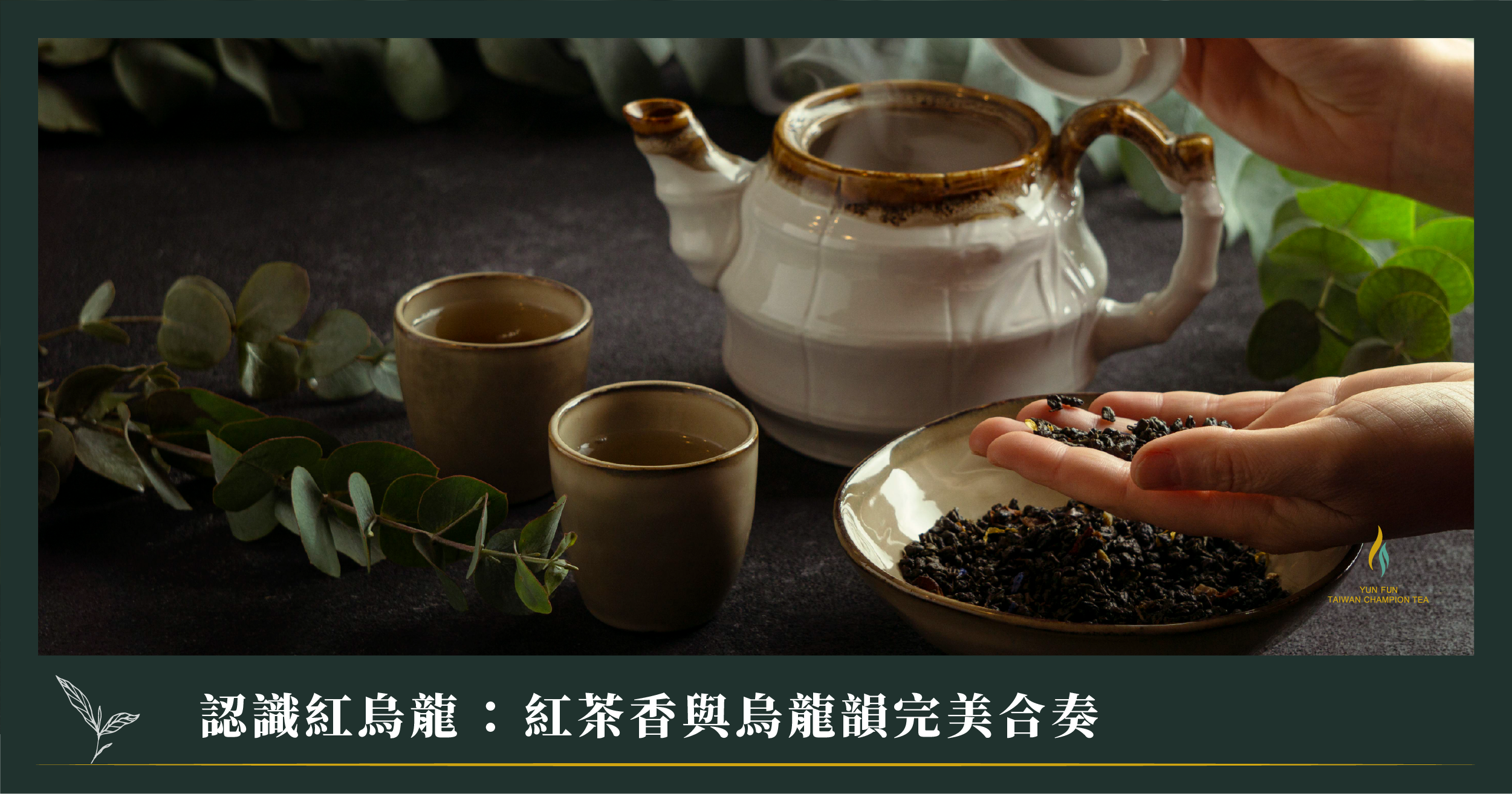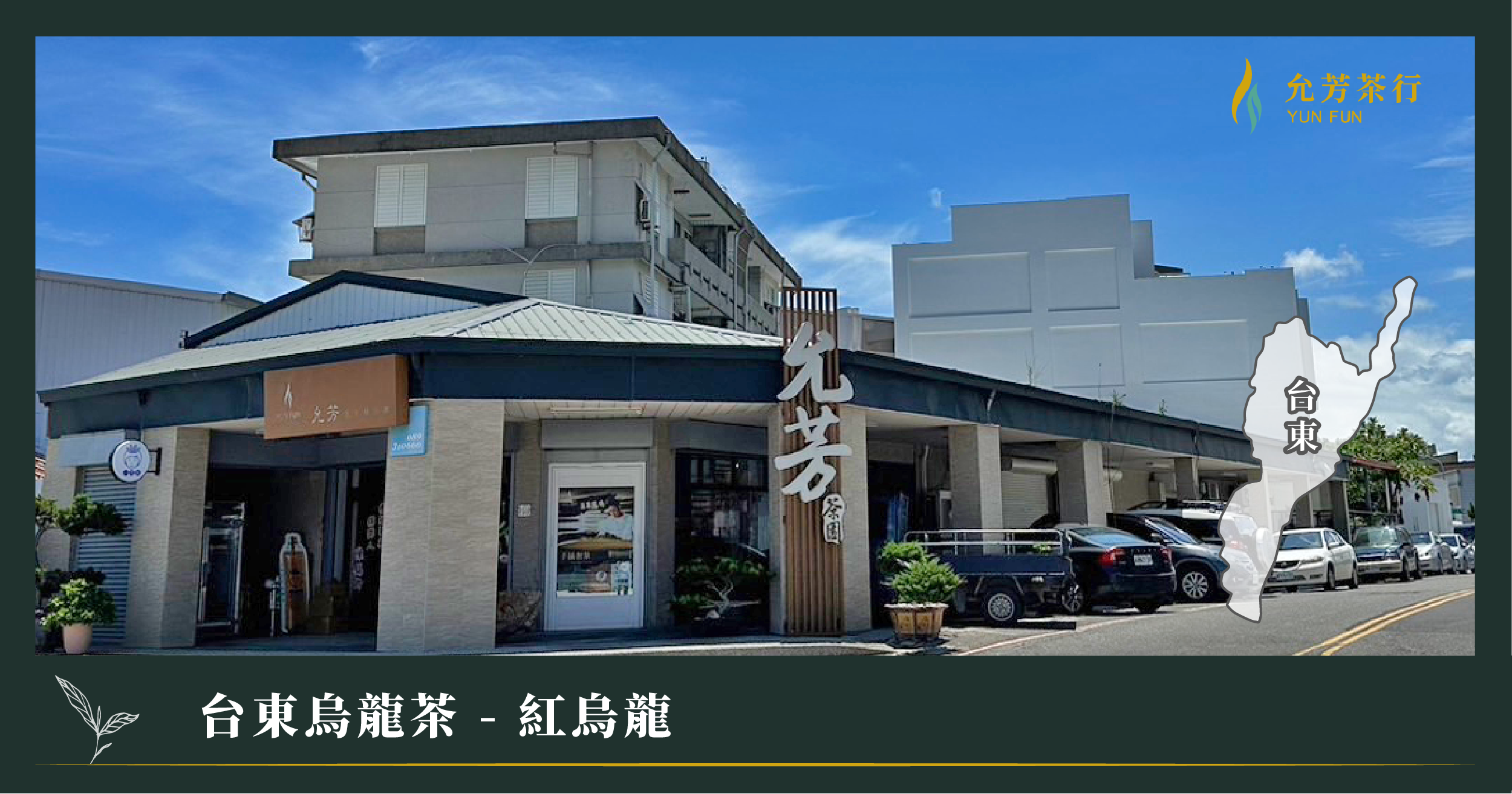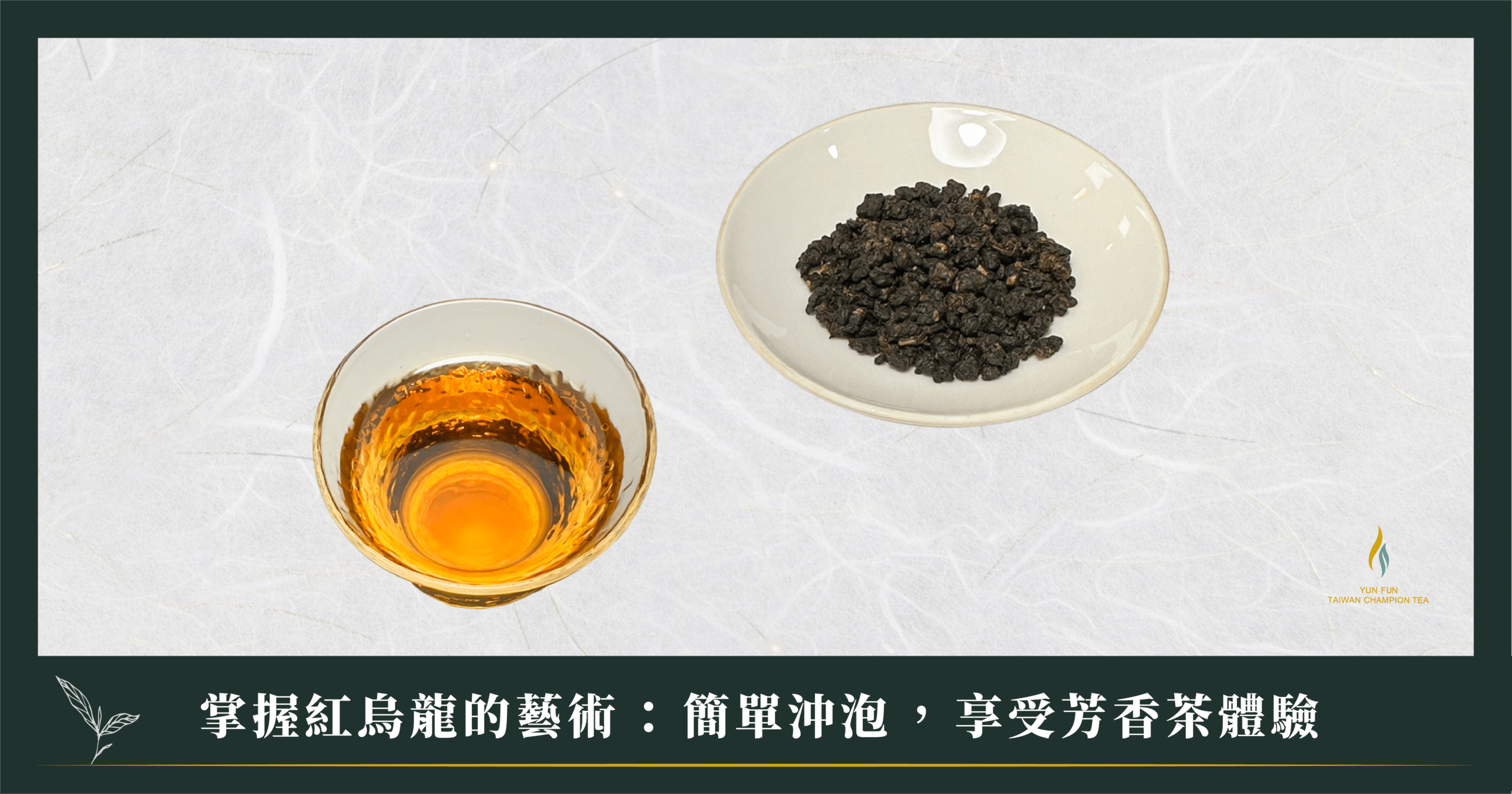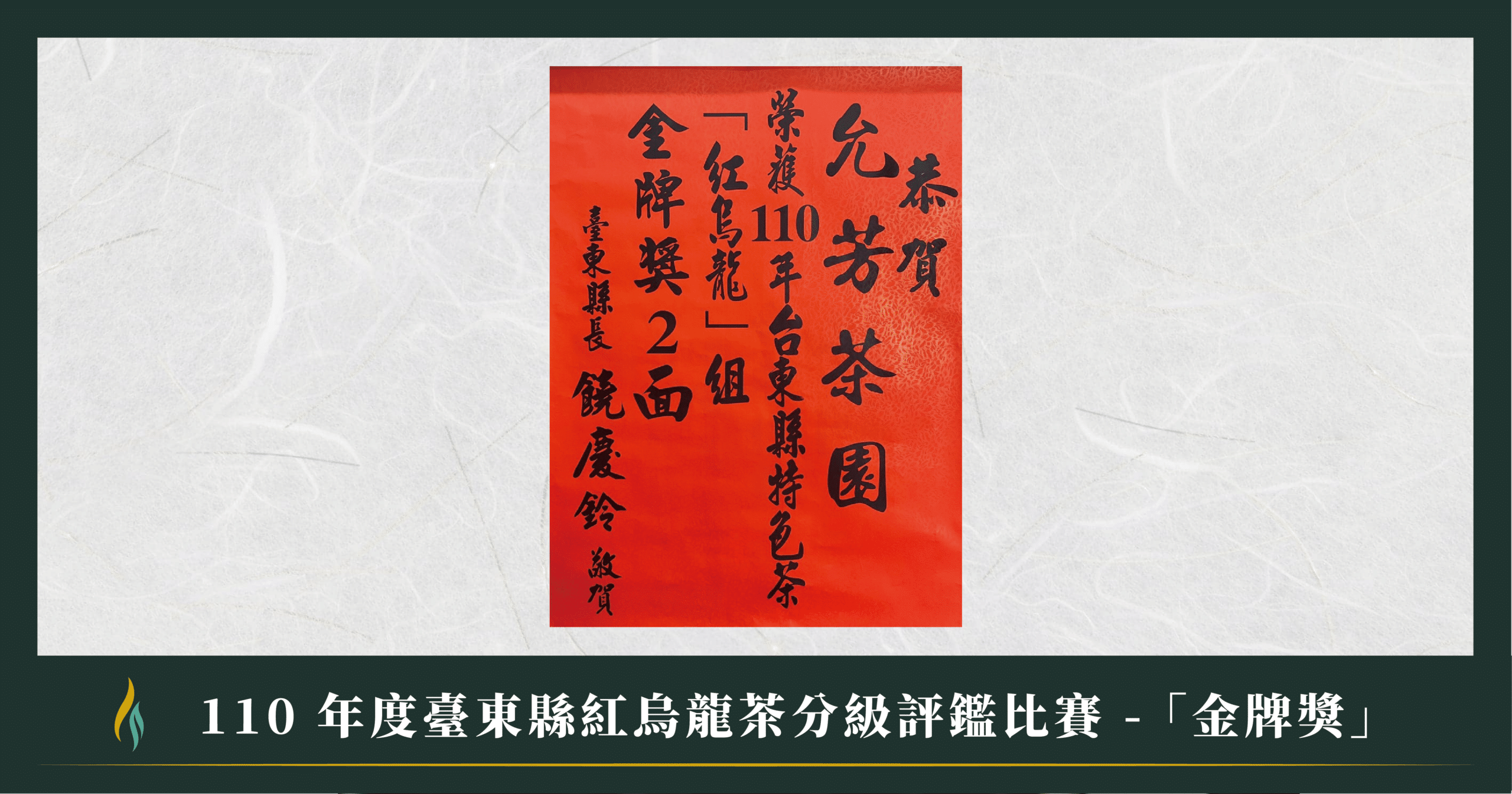- 登入
- 註冊
Chan Sik Hing The Way of the Tea King
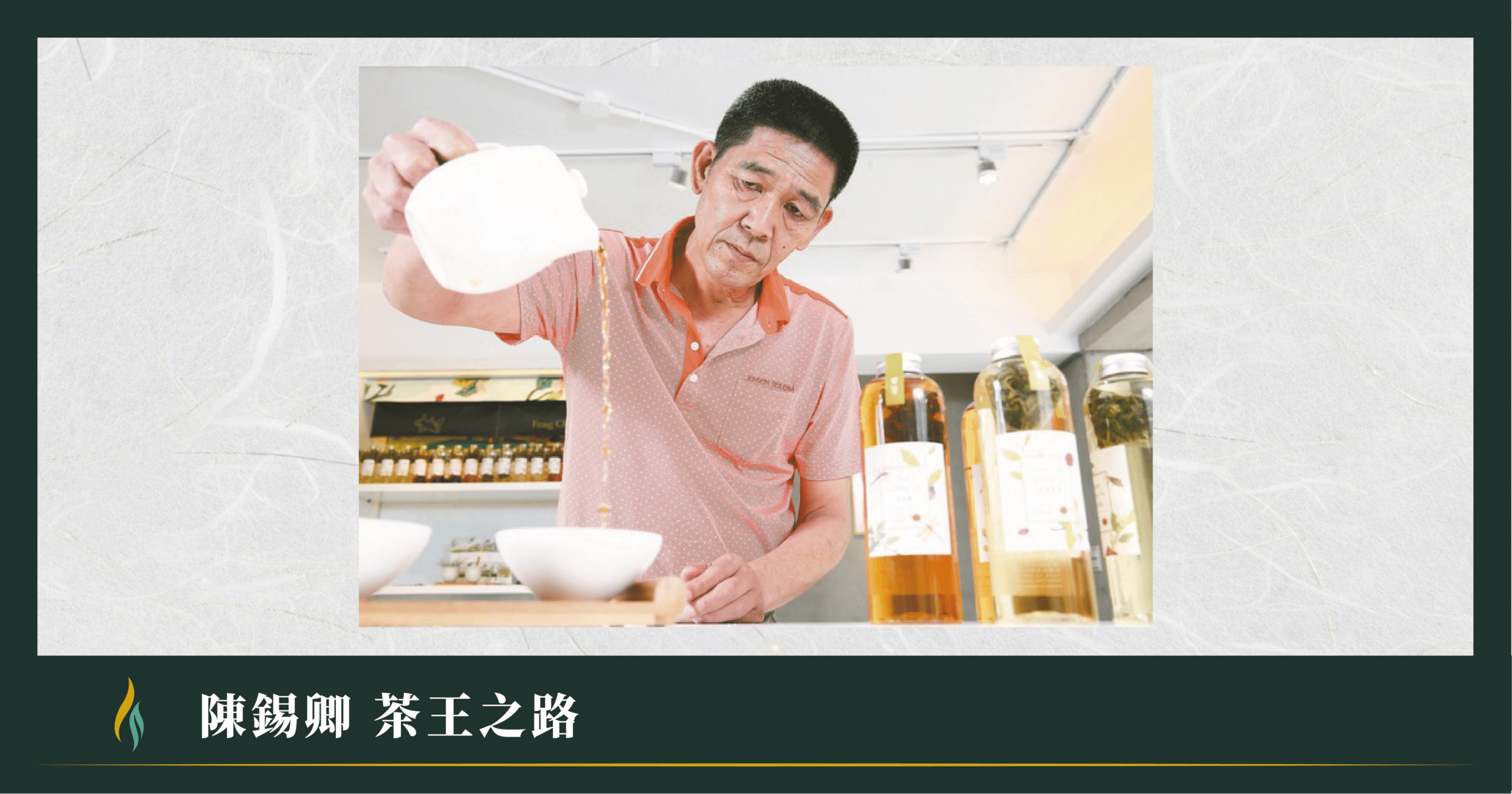
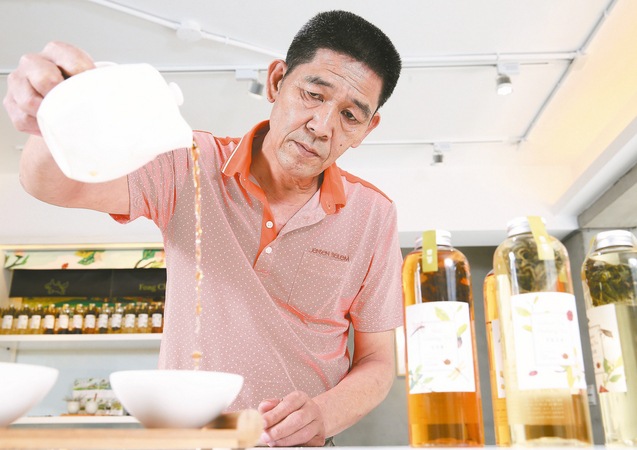
However, if we go back to the 70's, Taiwan was in the midst of an economic take-off, and when people had money and leisure, they began to enjoy life and learn how to brew and taste tea. In addition, President Chiang Ching-kuo drank the amazing Oolong tea at Songbaileng in Nantou, making Oolong tea as popular as the dragon robe, and it became popular all over.
As the son of a tea farmer, Chen Xi-Qing's father made his living by planting black tea, but in order to catch up with the trend, he switched to oolong tea. Unexpectedly, the aroma, throat flavor, roasting resistance, and storage resistance were completely different, and the sales of more than a dozen hectares of tea were seriously stagnant, and even when he gave it away to his classmates and friends for free, he even got the negative comment that "your tea is too bitter, and it tastes like a Chinese general's soup".
Crouch down and practice, the best of the best.
A heavy blow to the successor Chen Xi-Qing, the idea of reform, because of the geographical location, Taitung is the first batch of tea harvest counties and cities every year, the tea season, masters from various counties and cities are invited to Taitung technical guidance, Chen Xi-Qing thought, "the opportunity is finally here," like a sponge to absorb all the effort, living next to the Institute of Agricultural Improvement, the Institute of every expert Dr. he asked to the flip-flop, if there is still do not understand the place, at the expense of the senior master's home as a small job, just to take the opportunity to learn kung fu. If there was anything he didn't understand, he would go to a senior master's house to work as a laborer, just to take the opportunity to learn kung fu.
Like a sweeper in the Shaolin Temple, Chen Xi-Qing finally waited for the day to become a master, and in 2005, when the Agricultural Commission organized the "Second National Quality Tea Competition", he won the championship with his clear-flavored oolong tea, which was awarded to him at a price of $880,000 by Vitale, and he also co-produced an advertisement for the Royal Tea Plantation's Lengshan King of Tea with the singer, Wang Lihong.
Tea farmers often joke that the oolong tea tree has to be planted in a place where fairies live, revealing the stringent growing conditions. Not only does it have to be humid and cold enough, but there must also be a big difference in temperature, with fog coming in at 3 to 4 o'clock in the morning and sunshine at 10 to 11 o'clock in the morning to make the fog dissipate, making the tea tree look like a heavenly wonderland with swirling clouds and mist all year round.
In order for tea trees to grow well, the innate conditions must be met, but there is also a need for technical support. Altitude of 1500 ~ 2000 meters is the most suitable for growing oolong tea, altitude is too low sunshine is too strong, easy to produce a large number of catechins, resulting in the tea leaves become bitter, tea farmers want to increase the nutrients of the tea tree, the bottom of the soil must be buried in a large number of soybean residue as organic fertilizer, soybean can be converted into amino acids, so that the tea leaves become thicker and more resistant to brewing and can be sweetened.
Tea Making Technique Adjustment with tea leaves
As the earth warms up and climate change intensifies, good tea farmers not only have to overcome the external environmental conditions, but also have to make adjustments to their tea-making techniques depending on the condition of the tea leaves. For example, if the year's tea leaves are not suitable for the clear flavor type, it may be better to crack the tea stems and invite the small green leafhopper to come and share the tea, and then make the Zhenxian honey scented oolong tea after fermentation with its saliva, or if the tea leaves are too tender with too much tannin, then roast them into the old tea, which will bring the sweetness and bitterness to the tea eventually.
Oolong tea was transplanted from the mainland, but it was in Taiwan that it flourished, from the son of a tea farmer who originally wanted to go north to make a fortune to become the king of tea, even with more than 30 years of experience in tea production, Chen Xi-Qing still insists on hand-picking, withering in the sun, indoor withering, wave blossom, stir-frying, kneading, drying, sieving, baking and other more than 200 procedures are not left to other people's hands, and every day he spends 16, 17 hours to make tea, just because oolong tea is the best gift the gods have bestowed on Taiwan. Oolong tea is the best gift from the heavens to Taiwan.
Chemical flavored tea. 5 seconds to death.
Taiwan's annual cold beverage market is worth tens of billions of dollars, with Oolong tea alone contributing nearly $10 billion. The huge market, coupled with the government's failure to enact legislation to regulate it, allows unscrupulous traders to use inferior blended teas and chemically-tuned teas to pass them off as the real thing. Chen Xi-Qing worriedly said, "The latter doesn't even need tea leaves, so will it be a burden on the body in the long run? No one is sure."
In addition to waiting passively for the management unit to step in, the public needs to take a step-by-step approach to figure out what is actually in the drink, Chen Xi-Qing especially for our readers exclusive demonstration of how to identify the chemical flavor tea in five seconds.
Prepare 3 tea bowls and 1 porcelain spoon. Pour the tea broth and commercially available beverages into the tea bowls respectively, and fill another tea bowl with cold water. First, soak the porcelain spoon in the tea broth for about 3 seconds, hold it up close to your nose, you can clearly smell the residual tea aroma, then soak the spoon in cold water for 2 seconds and then smell it again, the tea broth is immediately washed away the aroma, but chemical tea blending can still be smelled faint tea aroma.
Chan Sik-hing explained, "Chemical tea blending requires the addition of flavorings, adhesives, and bulking agents, just like a girl's cosmetics, which can't be removed with a cup of cold water." Besides, how can the public recognize the authenticity of green tea powder? Chen said, in fact, as long as a small portion of tea powder, put under the sun for 30 minutes, will change color is real, the principle is like the leaves to the sun, how can not turn yellow or dry?
Marketing and Cultural Innovation on the World Stage
"Tea-making techniques and tea plantation management should be old-fashioned, and the only thing that needs to be innovated is packaging and marketing," he says. Even though he has been making tea for more than 30 years and has now opened a tea shop in Taitung, Chen Xi-Qing still firmly believes that tea marketing is a difficult subject, and that in order to calm the drinkers, and to cultivate their interest and habit of drinking tea by recognizing the beautiful taste of tea, everything must be done slowly and without haste.
The two decided to work together to promote Taiwan's fine teas to the international stage. Chen is responsible for maintaining the quality of the teas. Depending on the climate and the condition of the tea plants each year, the company kneads and produces Jin Xuan Oolong, Honey Oolong, Crimson Oolong, and Refreshing Oolong teas according to the high standards of the European Union, which are then handed over to Feng Wenchuang to assist in the packaging and marketing process.
Developed with the concept of sharing tea, the packaging design for Fung Tea is done by artist Nio Ni. The black packaging is calm and simple, while the colorful and cute illustration belts on the tea boxes or canisters in fact hide unique "tea language" when you take a closer look, for example, the honey oolong is not without the small green cicada, which tells a story from the packaging of the product, and from Taitung Luno to Dayuling, the four boxes can be put together into a picture, showing the characteristics of tea leaves from different altitudes in Taiwan. The four tea boxes can be assembled into a painting, showing the characteristics of tea leaves at different altitudes in Taiwan, and adding value to good tea with cultural innovations.
Opening hours
Mon-Sun|10:00-21:00
CONTACT US
STAY CONNECTED
